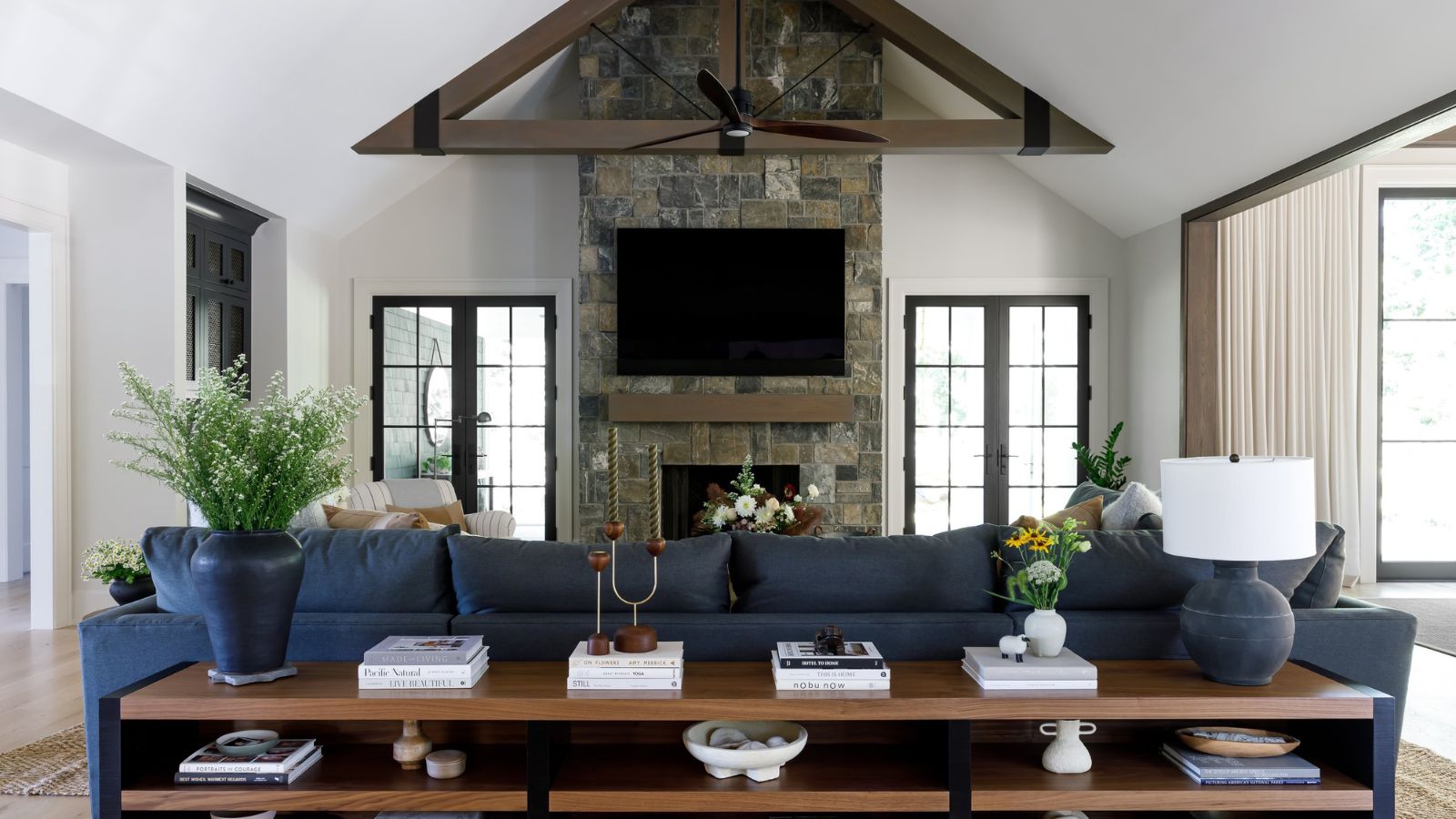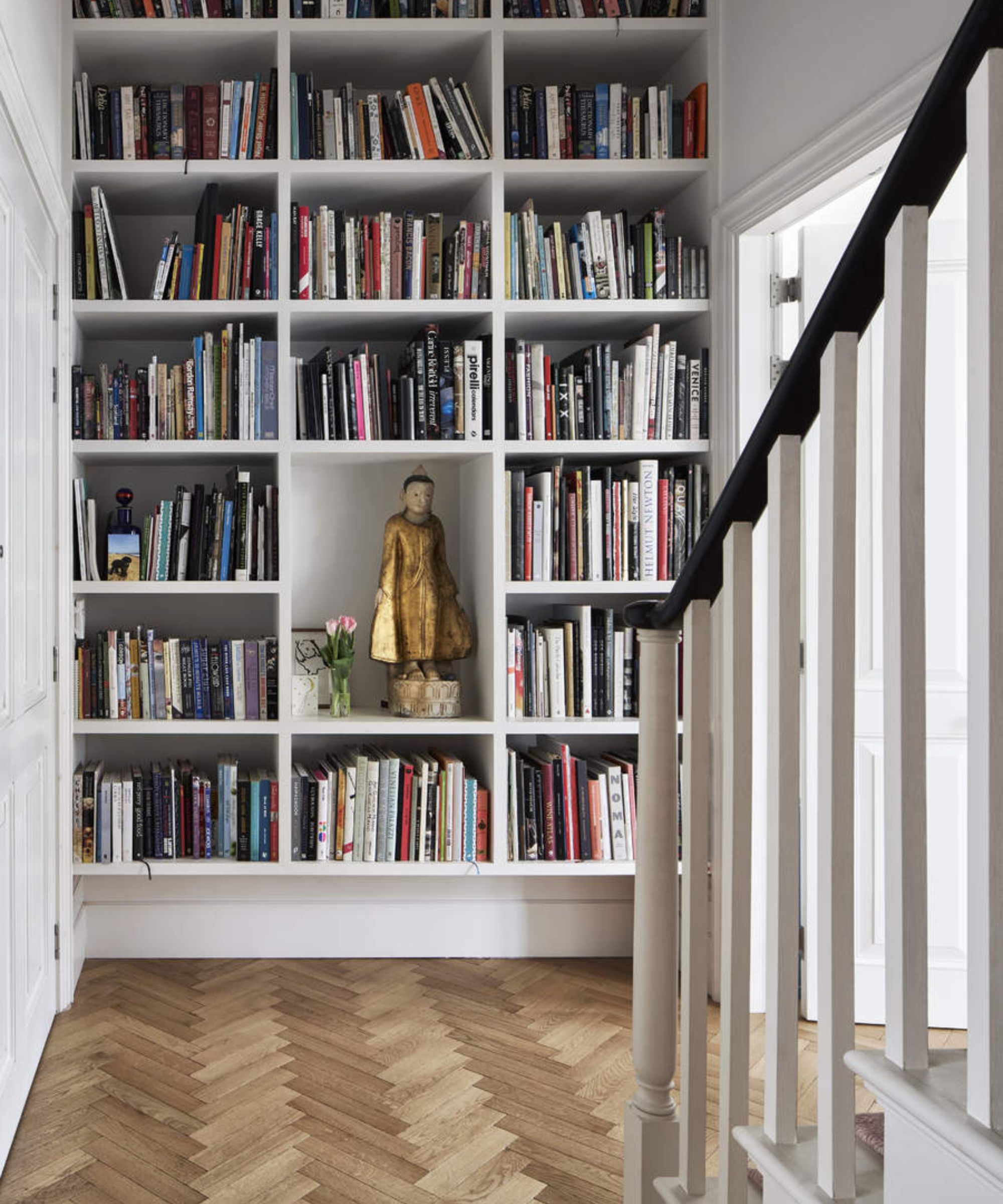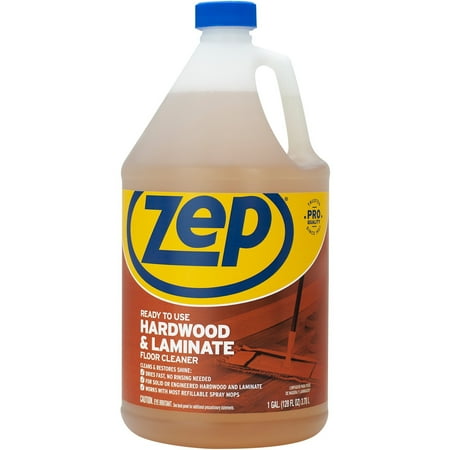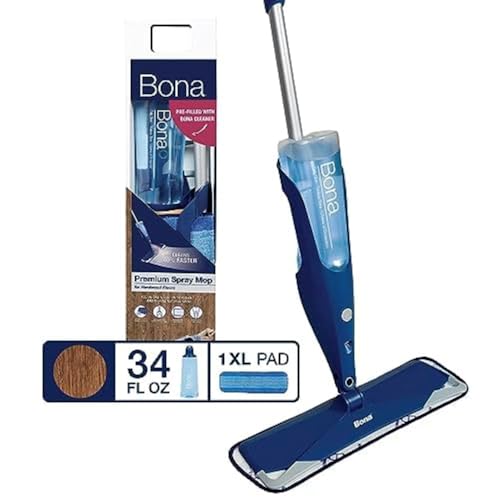
A steam mop is a wonderful cleaner, quickly sanitizing floors without the need to wring out the mop each time. But high levels of heat and moisture aren't safe for everything, and if your home has hardwood floors, you might need to think again before steam-cleaning them.
Hardwood floors are delicate. That's why we only recommend using the best vacuums for hardwood floors to clean them and following careful steps to ensure they're not scratched, warped, or discolored.
Here, professional cleaners and flooring experts reveal exactly why you should never steam-clean hardwood floors and what you can safely do instead.
Why you should never steam clean hardwood floors

While using your trusted steam cleaner to sanitize your hardwood floor quickly may be tempting, it isn't recommended.
'Steam cleaners produce heat and moisture which are both damaging to wood,' explains Delah Gomasi, owner and CEO of MaidForYou. 'Steaming hardwood, including finished or sealed floors, can cause warping due to expansion and contraction of the wood.'
He continues, 'The effects are typically immediate with unfinished hardwood flooring showing instant visible damage as the wood absorbs moisture faster. Prolonged exposure to moisture can also cause splintering and cupping over time.'
Sofia Martinez, founder and CEO of Sparkly Maid Austin, has cleaned hundreds of homes over the past 15 years and outlines these potential risks when steam-cleaning hardwood floors:
- Moisture penetration between boards causing warping and buckling.
- Heat breaking down protective finishes.
- Wood swelling where steam seeps into cracks.
- Loosening of adhesives in engineered hardwood.
- The risk of mold growth in sub-flooring.
Even steam-cleaning sealed hardwood floors with caution and minimizing how much heat and moisture you're applying to the surface, is dangerous. It can wear down the sealant over time, and the heat and moisture can seep into cracks around growth rings or between panels.
'Steam cleaners force steam into the cracks and crevices of the floor, reaching temperatures high enough to sanitize the surface,' explains Anthony Scott, global product director at Havwoods. It will rapidly speed up the next time you need to restore your hardwood floors.
What to do instead

We cover the perfect cleaning steps in depth at our dedicated page on how to clean hardwood floors. But put simply, you need to minimize damage by limiting moisture, heat, and scratching.
Use a dedicated vacuum for hardwood floors, with gentle floorheads and brushrolls to avoid scratching the wood's delicate surface. The Dyson V12 Detect Slim is my personal favorite as its soft brushroll captures the tiniest dust particles from hardwood floors (if you don't own a hardwood-safe vacuum, a soft broom will also work).
Then comes mopping your hardwood floors. The trick is to wring out your mop thoroughly before touching the wood to avoid excess moisture. I recommend using a microfiber mop, like the specialized Bona Hardwood Floor Spray Mop at Amazon, as it's gentler than other mop types and can trap all types of dirt.
It's also important to use the right cleaning solution, as any that promises a glossy finish will leave a sticky residue that builds up over time. The Zep Hardwood & Laminate Floor Cleaner at Walmart is perfect, and has been recommended to us by professional cleaners.

This floor cleaner can clean your hardwood floors without leaving a sticky residue. It's also fast-drying and doesn't need to be rinsed off.

Specially designed for hardwood floors, this Bona spray mop can take the guessing out of cleaning, making sure the right amount of cleaning solution is applied to the surface and removing all dirt and dust.

I use the Dyson V12 Detect Slim in my own home, and most of my floors are wooden. It's incredible; its green laser reveals dust that the naked eye can't see, and it captures all manner of dirt that I didn't even realize was there.
Read more in my full Dyson V12 Detect Slim review.
Next, find out more things to never steam clean, and how much it costs to refinish hardwood floors.







